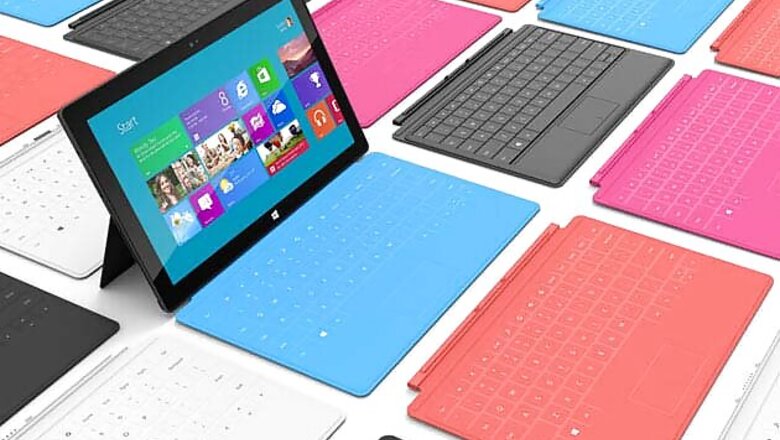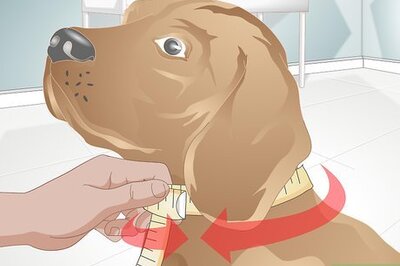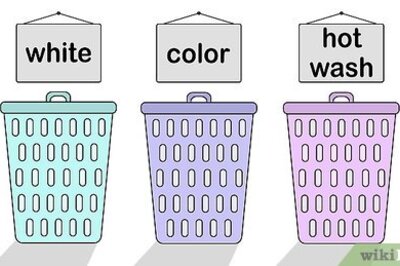
views
New Delhi: Windows 8 is here and the latest version of the Microsoft operating system is a drastic departure from its predecessors. There is a learning curve to cross before users can comfortably begin using the new OS. Here are some handy tips on common Windows 8 swipe gestures:
1. Swipe from the right edge for system commands
Mouse equivalent: Place the mouse pointer in the lower-right or upper-right corner of the screen.
2. Swipe in from the left to switch apps. It reveals thumbnails of your open apps so you can switch to them quickly.
Mouse equivalent: Place the mouse pointer in the upper-left and click to cycle through apps or lower-left corner of the screen to see the Start screen.
3. Swipe in and out on the left brings up the most recently used apps.
Mouse equivalent: Place the mouse in the upper left and slide down the left side of the screen to see the most recently used apps.
4. Swipe from the bottom or top edge for app commands. USers can swipe from the top to the bottom of the screen to dock or close the current app.
Mouse equivalent: Right-click the app to see the apps commands.
5. Drag an app to close it. Users don’t have to close apps as they will close on their own if you don’t use them for a while. If you want to close an app, drag the app to the bottom of the screen.
Mouse equivalent: Click the top of the app and drag it to the bottom of the screen.
6. Press and hold to learn. You can see details when you press and hold. In some events, pressing and holding opens a menu with more options.
Mouse equivalent: Point to an item to see more options.
7. Tap to perform an action. Tapping something causes an action, such as launching an app or following a link.
Mouse equivalent: Click an item to perform an action.
8. Slide to drag. This is mostly used to pan or scroll through lists and pages, but users can use it for other interactions, too, such as moving an object or for drawing and writing.
Mouse equivalent: Click, hold, and drag to pan or scroll. Also, when a user uses a mouse and keyboard, a scroll bar appears at the bottom of the screen so he can scroll horizontally.
9. Pinch or stretch to zoom. Zooming provides users a way to jump to the beginning, end, or a specific location within a list. Users can start zooming by pinching or stretching two fingers on the screen.
Mouse and keyboard equivalent: Hold down the control key on the keyboard while using the mouse wheel to expand or shrink an item or tiles on the screen.
10. Rotating two or more fingers turns an object. Users can turn the whole screen 90 degrees when you rotate your device.
Mouse equivalent: Support for rotating an object depends on whether the specific app supports it.



















Comments
0 comment